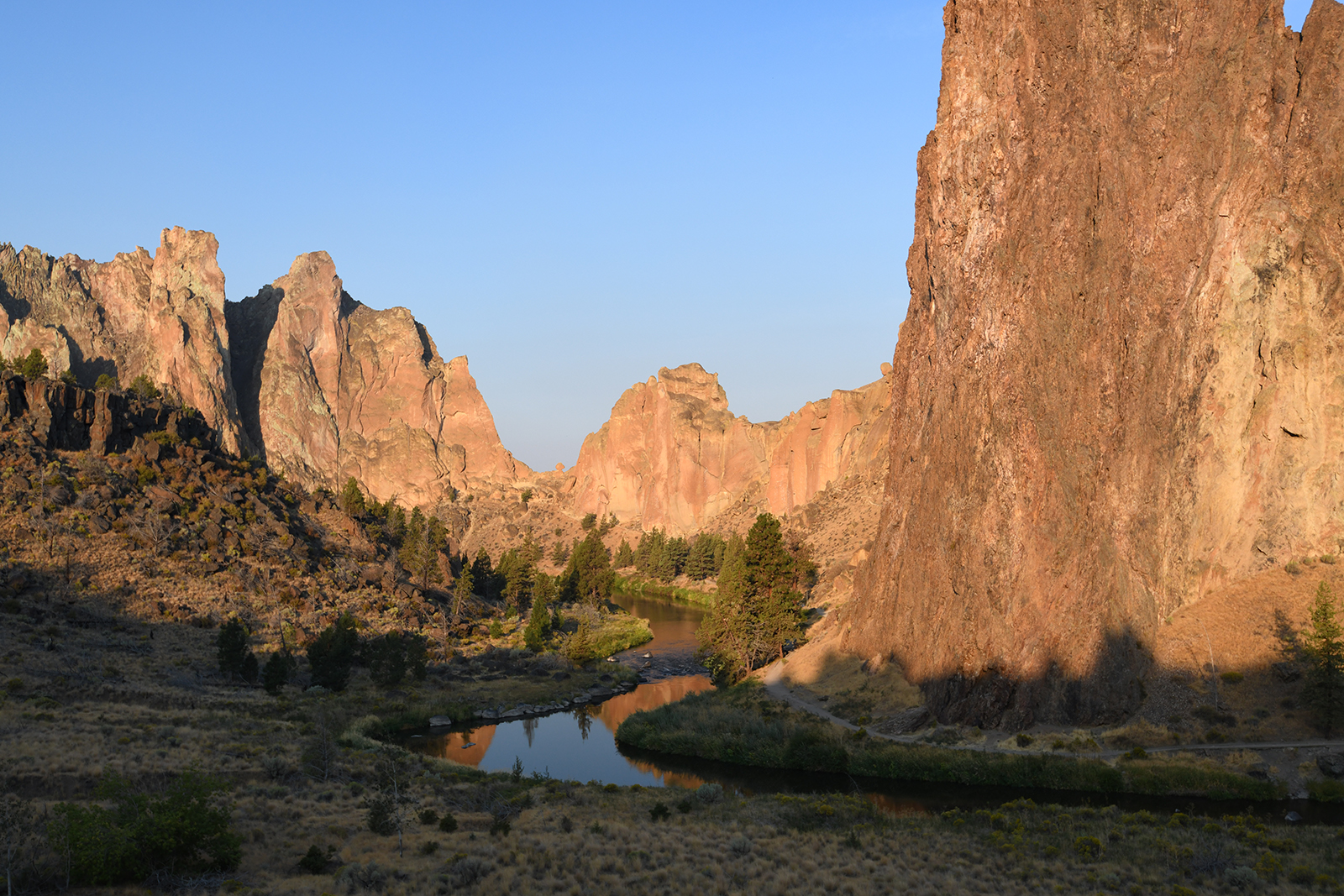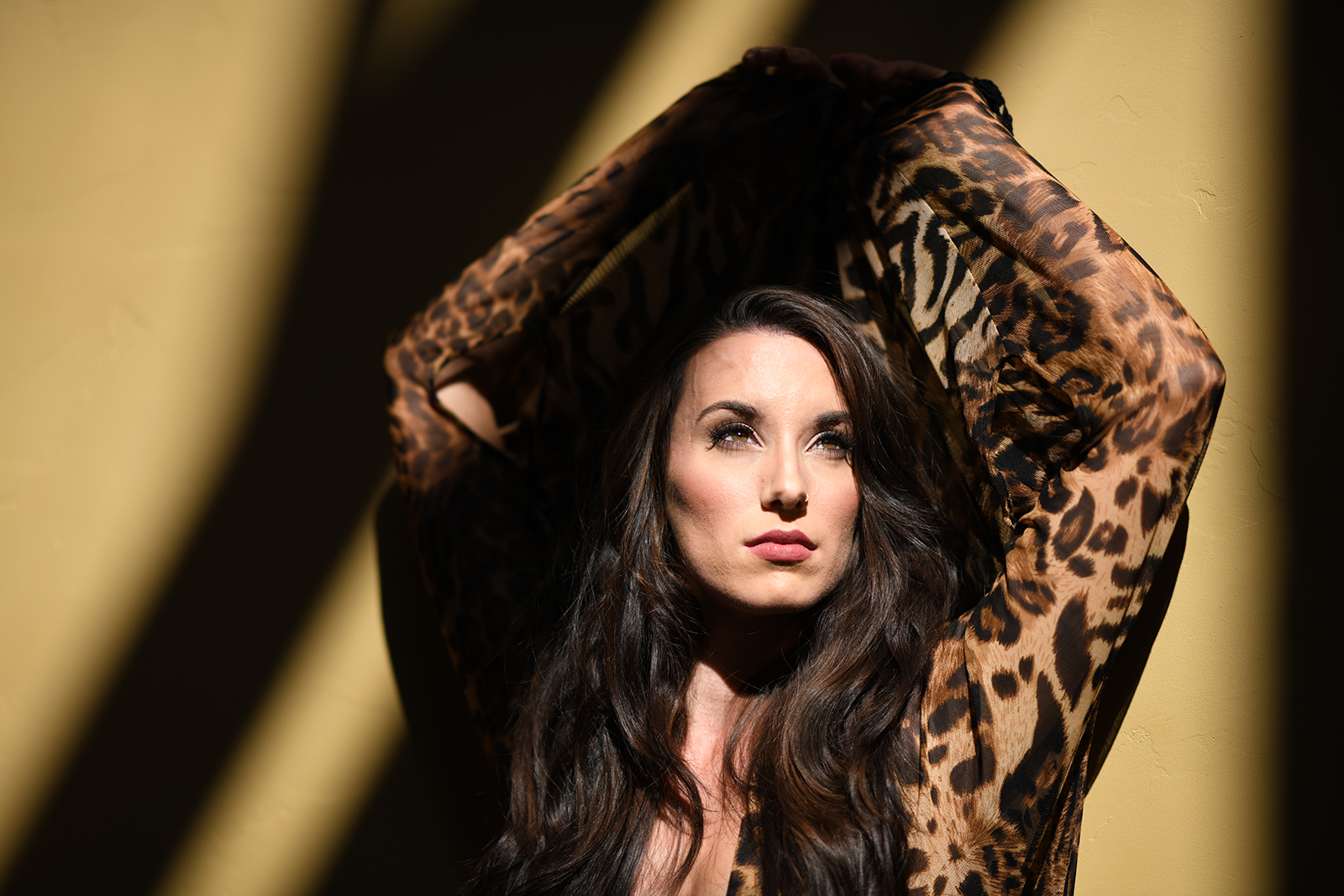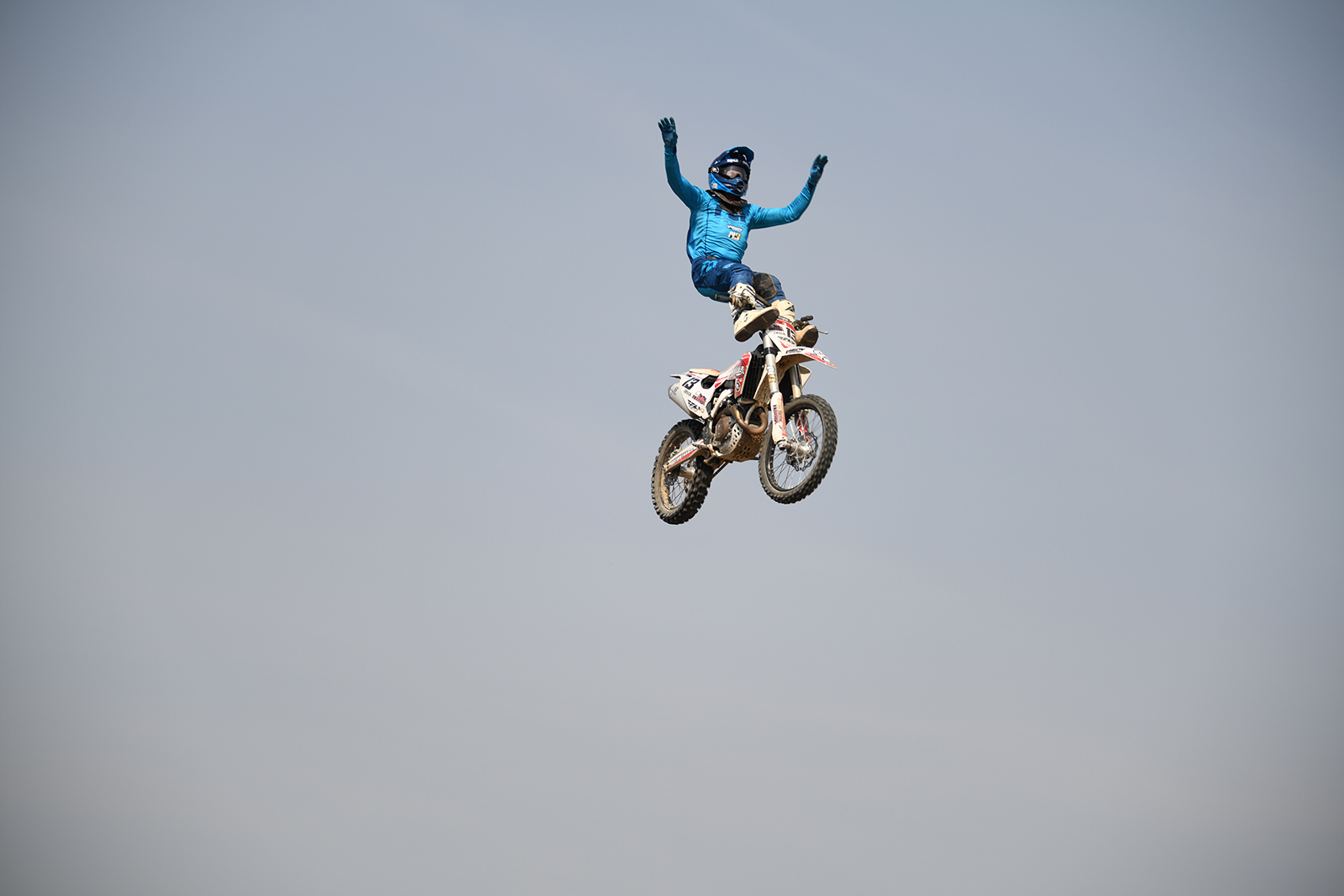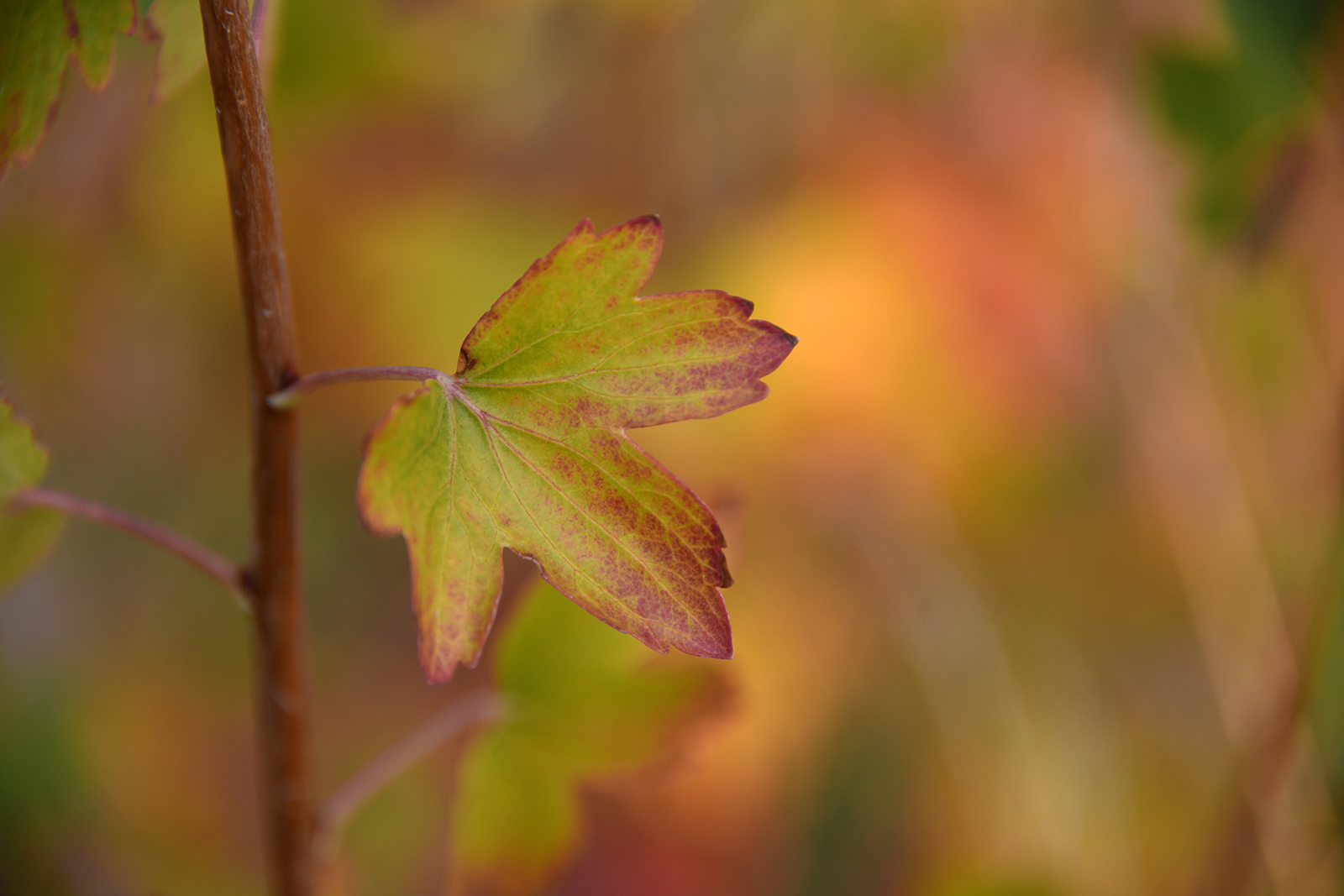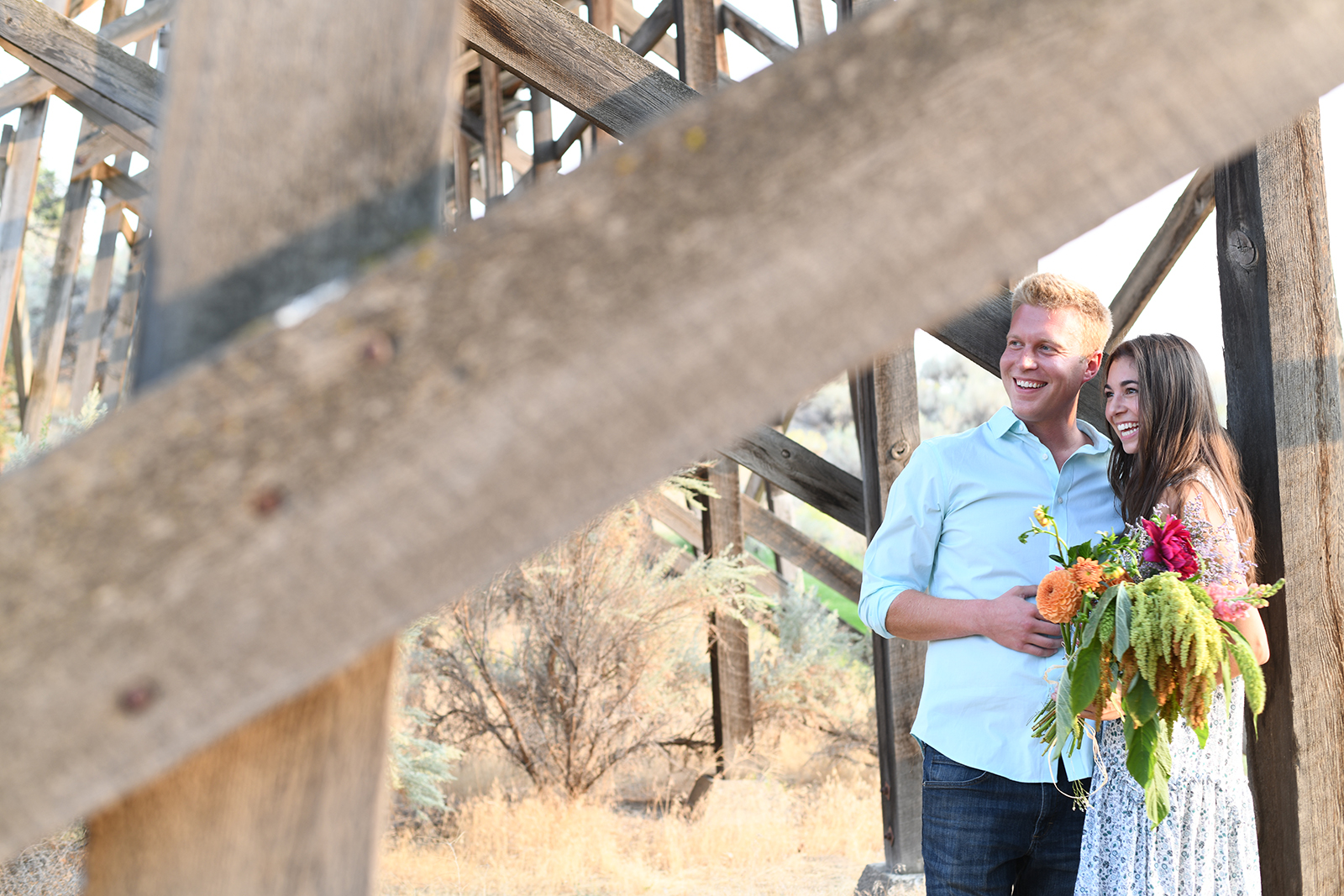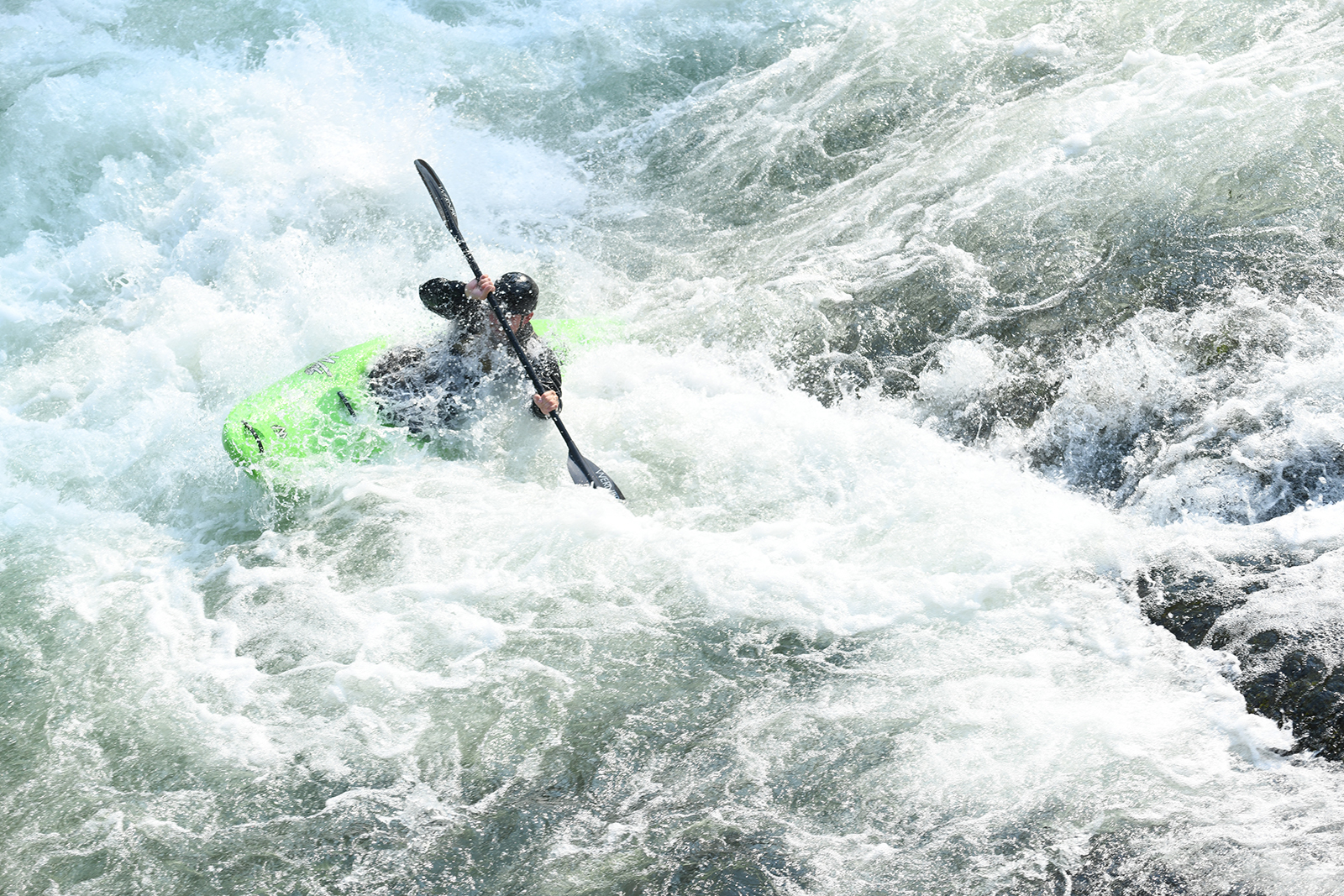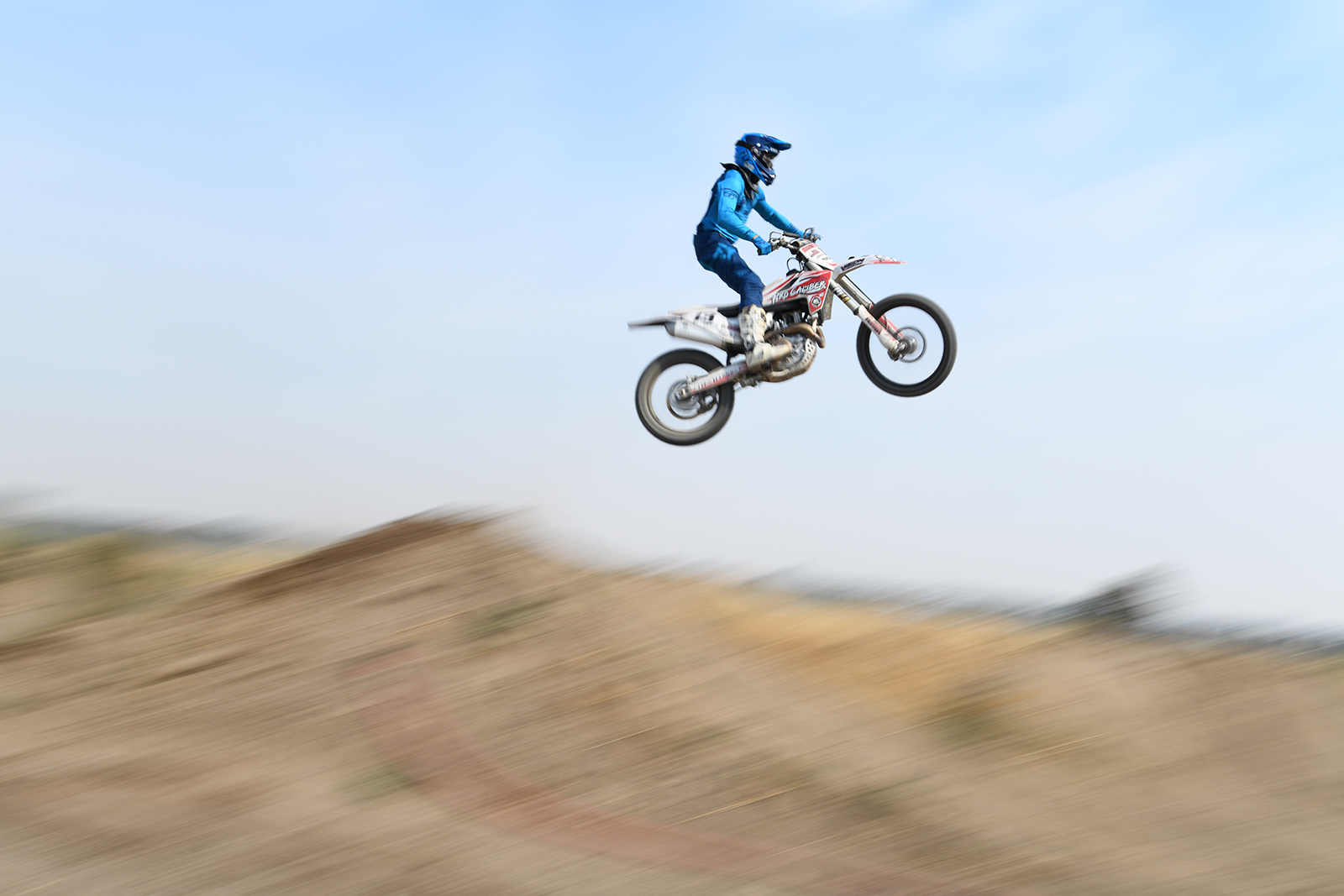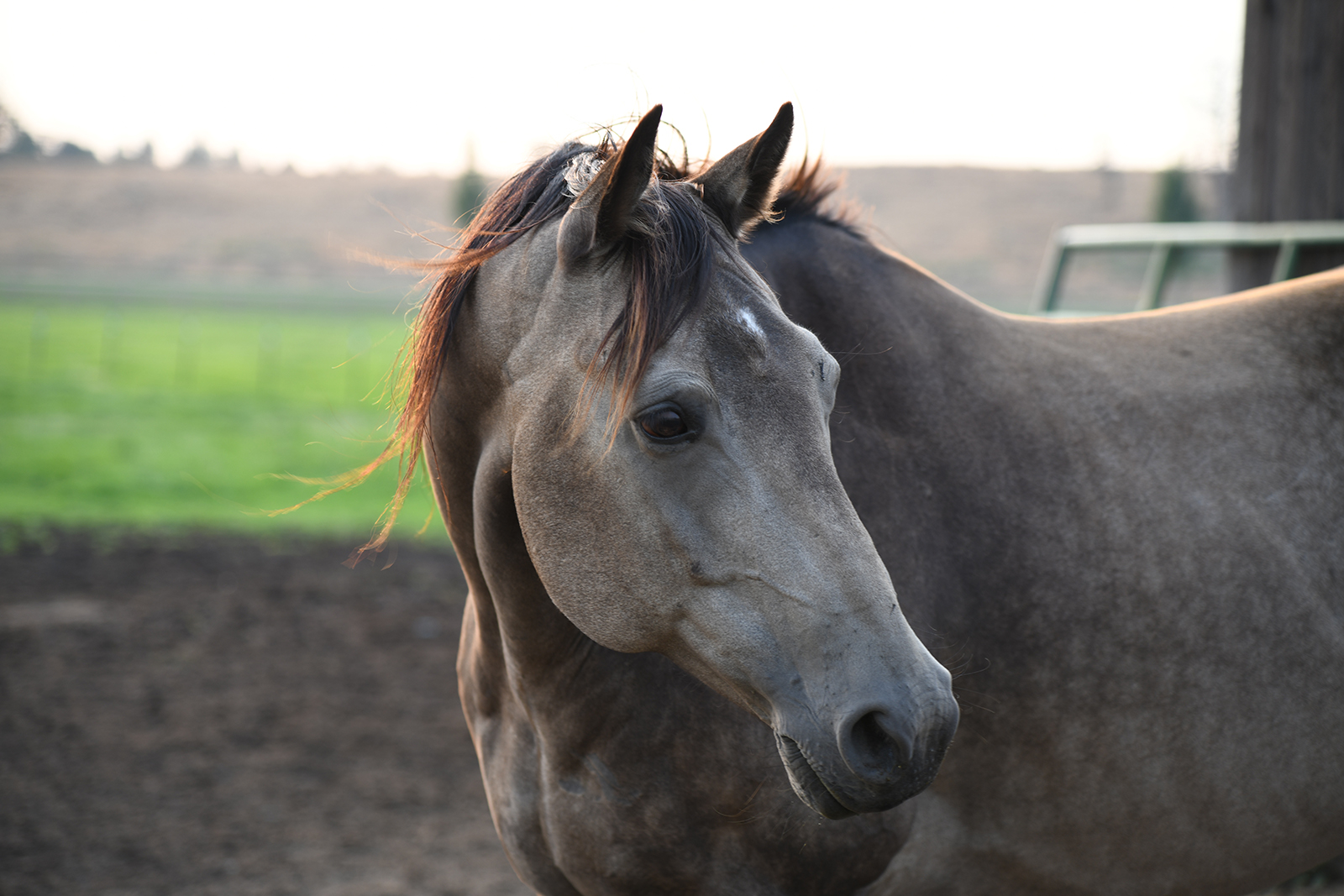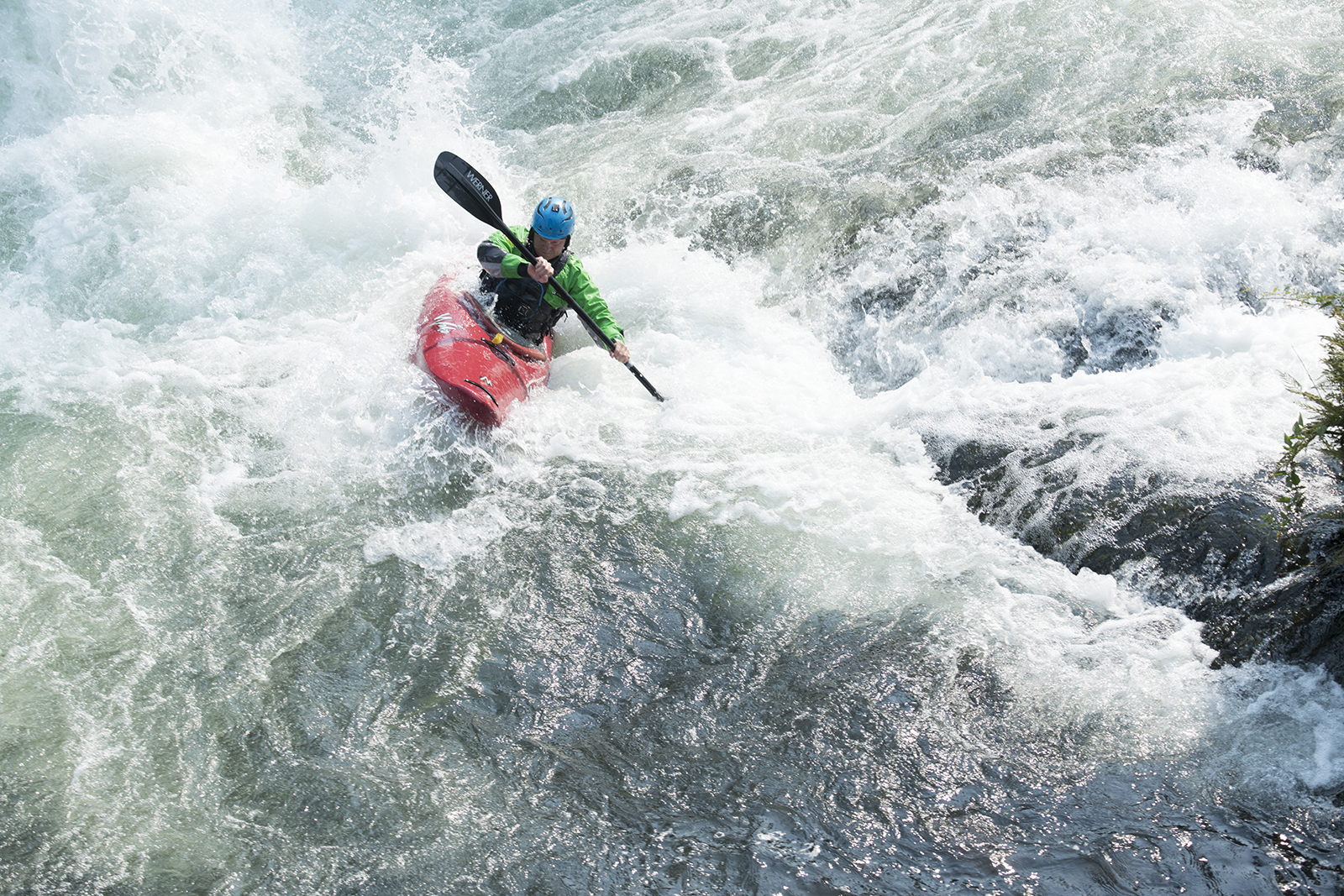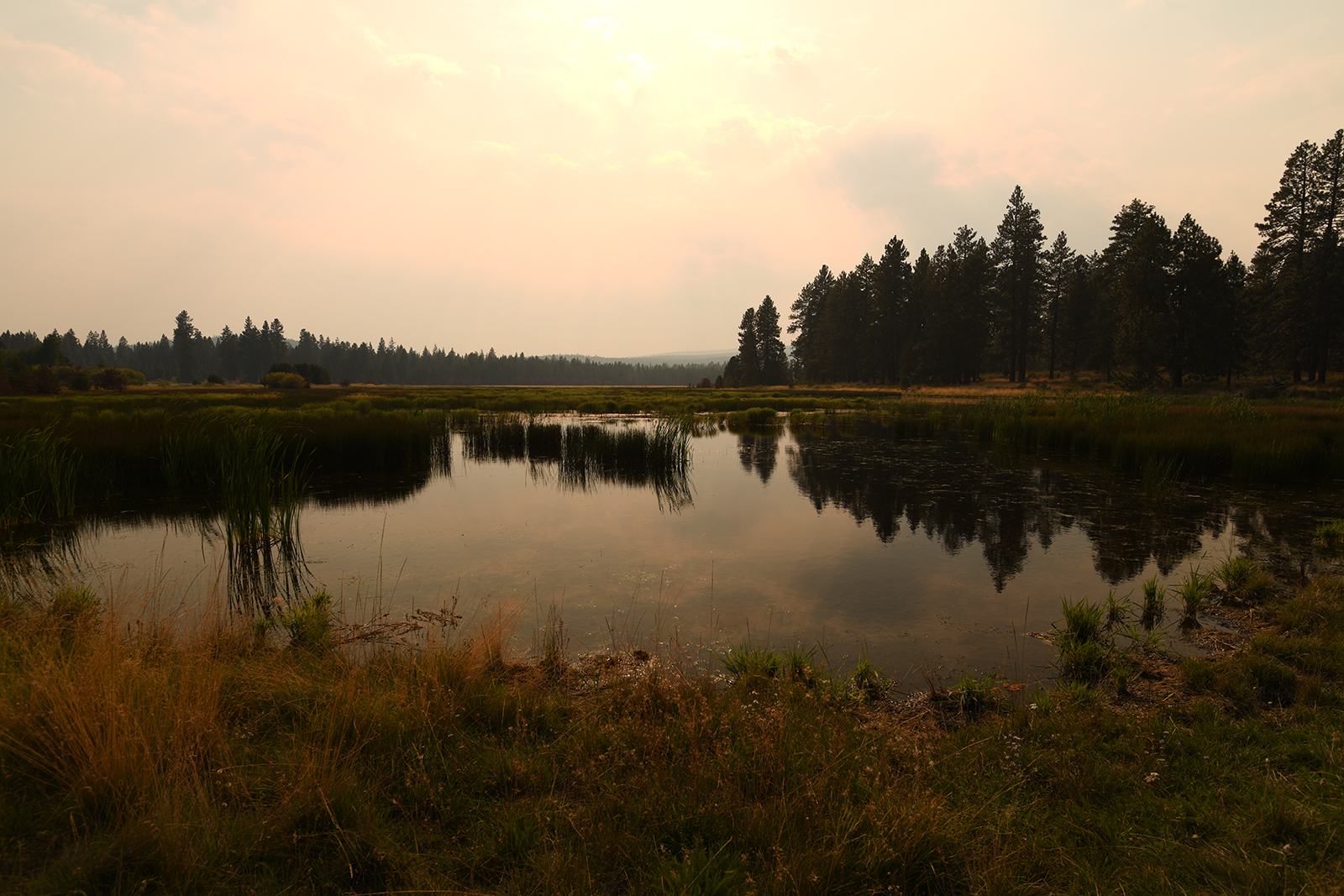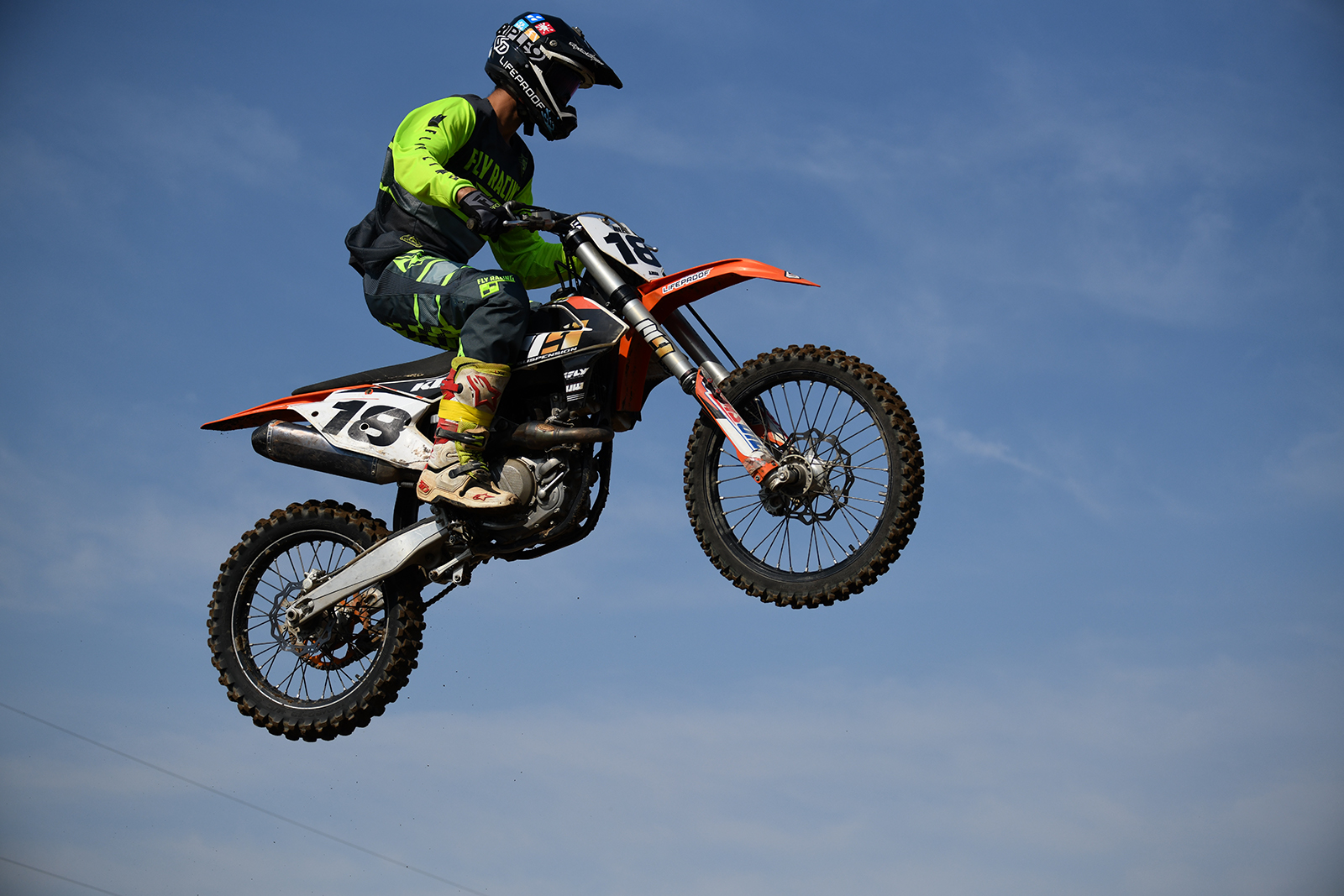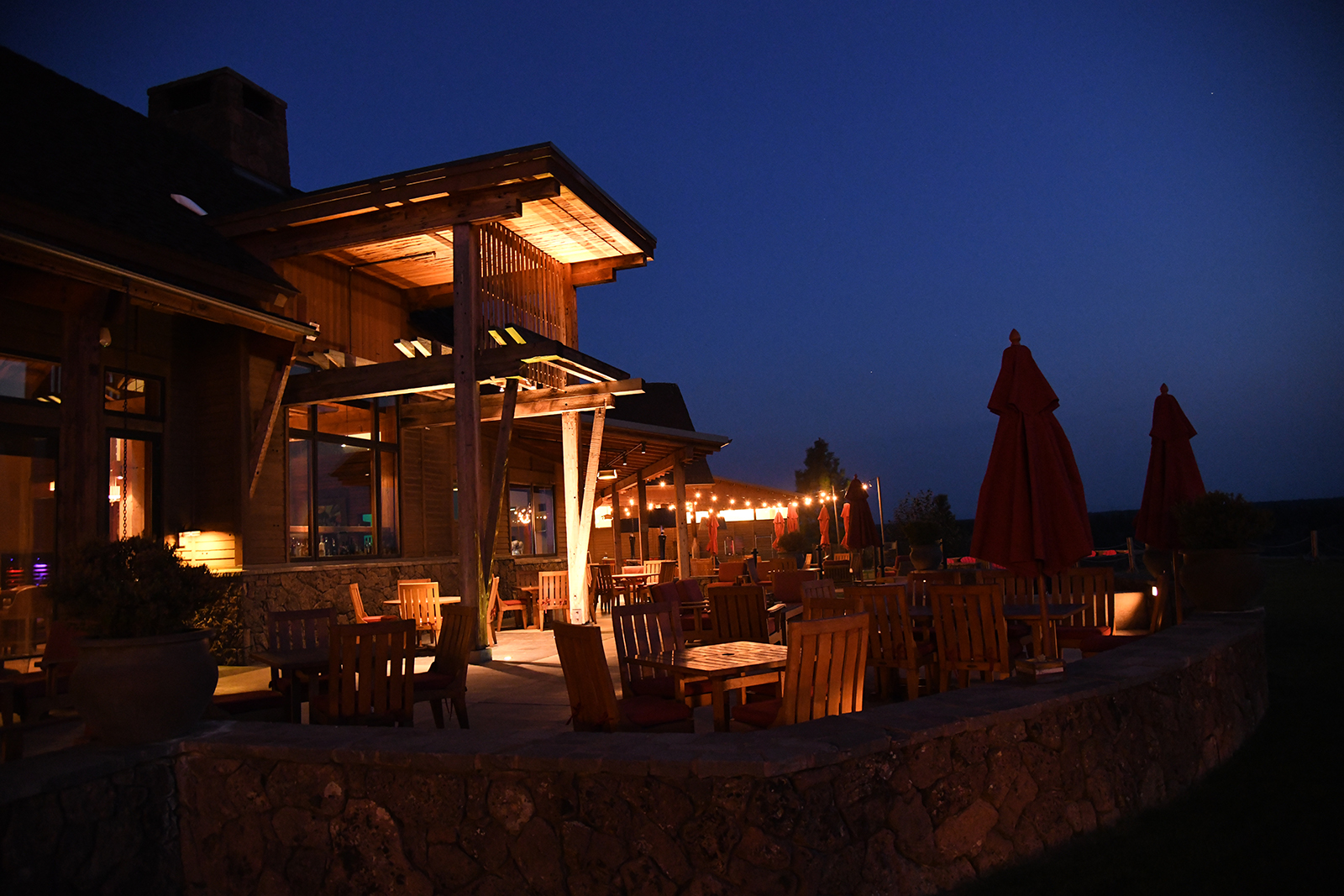- 45.7-megapixel full-frame sensor renders excellent detail
- Speedy 153-point autofocus system
- 7 fps burst mode; 9 fps with battery grip
- Sturdy, weather-sealed design
- 4K video and 1080p slow-motion
- Live-view autofocus is slower
- Wi-Fi and Bluetooth connection isn’t always reliable
- Pricey
At a car dealership, you can squeeze yourself into that sleek sports car that purrs like a kitten and sprints like a cheetah, or you can try out every cup holder in a seven-passenger minivan that can fit your entire life inside of it.
Shopping for a DSLR isn’t all that different: You can go for speed or resolution, but usually not both. Larger photos, like larger cars, mean slower performance. But the Nikon D850 ($3,300, body only) might just be the first real exception to the rule, where a 45.7-megapixel full-frame sensor co-exists alongside a maximum 9-frames-per-second (fps) burst speed. But can such a camera really deliver the best of both worlds? Find out in our Nikon D850 review.
The D850 is the update to the D810, the company’s $3,000-ish full-frame camera line ranking above the D750 and D610. But the D850 actually rivals some of the specs of Nikon’s flagship, the $6,500 D5. It’s not quite as fast, but it uses the same 153-point autofocus system and has more than twice as many megapixels. The D850 also adds a tilting LCD touchscreen similar to that of the D750.
All of this means the D850 can seamlessly move from shooting golden hour landscapes to extreme sports and back again — and while there’s a few quirks, the mix of resolution and speed could just make the D850 the best full-frame camera on the market for 2017.
Sturdy, control-heavy design
Built with a magnesium-alloy frame with weather sealing for moisture and dust, the D850 feels sturdy in the hand. We took the camera to a dust-filled motocross track and it wasn’t fazed one bit.
Handling the D850 is like hopping back on a bicycle for any photographer who has shot with a Nikon DSLR before. It keeps much of the same design of earlier models, yet has a few important upgrades from its predecessors.
The control layout is similar to the D810, but now many of the buttons can be illuminated, just like the D5. The top of the camera houses the familiar secondary screen that displays shooting information, and the ISO button, dedicated video record button, and exposure compensation button all sit between it and the shutter release.
While the camera serves up plenty of physical controls, users can also make some adjustments via the LCD screen. The touch interface brings expected options like touch-to-focus, but also offers smartphone-like playback features, allowing you to swipe through your shots or pinch to zoom.
Find your own flash
While there’s a hot shoe at the top of the camera, the D850 doesn’t include a built-in flash, a first for the series but not an unexpected move after Nikon also took it out of its DX-format flagship, the D500.
Most photographers investing in a $3,000-plus camera are going to use the more advanced external flash, but the pop-up flash in the D810 could be used to remotely trigger Nikon flashes. Fortunately, the D850 is compatible with Nikon’s new radio frequency (RF) wireless flash system, although this requires a separate transceiver. The RF transceiver offers better communication than an optical system, but photographers who used the pop-up as a commander will need to factor the accessory into the total purchase price.
Handling the D850 is like hopping back on a bicycle for anyone who has shot with a Nikon DSLR before
Another thing D810 users will notice missing from the D850 is the Compact Flash card slot. Don’t worry, though: It’s been replaced by a much more capable XQD slot. XQD cards are very fast, which is important for both high-resolution and high-speed photography. The camera also retains the SD card slot for overflow, backup, or split RAW and JPEG recording.
On the opposite side of the camera are ports for headphones, microphone, USB 3, and HDMI — hinting at this camera’s role as a true multimedia machine.
The optical viewfinder features the largest magnification ever on a Nikon full-frame DSLR. It also gets a new crop preview feature that grays out areas of the frame when shooting in aspect ratios other than 3:2. Sure, you can always just crop your photos after the fact, but this makes it easier to see what the final composition will look like while you’re shooting.
Quick, but weighty
With a hefty, weather-sealed body, plenty of direct-access control, and a large glass viewfinder, the D850 isn’t a lightweight. At over 2 pounds — before adding a lens — it’s not a camera that will be easy to tote anywhere. Plus, in order to get that 9 fps shooting, users will have to add the MB-D18 battery pack and the larger EN-EL18a/b battery, which brings the camera up to a similar size and weight as the D5.
While the camera is heavier than crop sensor DSLRs and mirrorless cameras, the large grip makes for comfortable shooting. Using the D850 from early morning sunrise shots to astrophotography that same night, we didn’t find it particularly uncomfortable, though investing in a better-quality strap is a good idea for any camera of this size.
Stepping up the Speed
The D850 may produce RAW files in the upper 50-megabyte range, but the camera handles them like files that are half the size. (Three RAW size options are available, but the top speed is still available with the largest option). Unaided, the D850 shoots at a respectable 7 fps, while adding the optional battery grip (which costs $400, plus another $150 for the EN-EL18b battery) pushes that number to 9 fps.
We should point out that while the D850 is the first true DSLR to pair such high resolution and high speed numbers, it is not the first DSLR-like camera to do so. The Sony A99 Mark II (which uses a translucent mirror and electronic viewfinder) features a 42MP sensor and can shoot at up to 12 fps. The Sony, however, suffered from a small 25-shot image buffer and some autofocus limitations that made its high-speed mode less attractive.
The D850 has no such drawbacks. Shooting uncompressed, 14-bit RAW files, the camera can keep up its maximum speed for around 51 frames before hitting the limits of the imaging buffer. After reaching that maximum, the camera keeps shooting at a slightly lower speed. Drop down to 12-bit RAWs, and the D850 will churn out 150 shots before slowing down.
Photographing both motocross and whitewater kayakers, we had no problem working within the limitations of the buffer. The buffer size doesn’t change with the battery grip, but at that higher speed, you reach the 51 frames faster and, likewise, shooting speed drops sooner.
A good burst speed is nothing without a good autofocus system — thankfully, the D850 doesn’t disappoint.
One thing to note here is that performance does change when the battery is on the last bar. Speed drops in half, and shooting will simply stop when the buffer is full. Try to keep a fresh battery on hand if you always want maximum performance.
Fortunately, you shouldn’t find yourself in this situation too often; the D850 has exceptional battery life, rated at 1,840 shots. Starting at sunrise, we made it through most of the day on a single charge, finally swapping the battery out just before nightfall when it was on the last bar.
A good burst speed is nothing without a good autofocus system, and, thankfully, the D850 doesn’t disappoint. Shooting action, we swapped between the single-point continuous and 3D autofocus modes and captured an impressive number of sharply focused shots. A handful of misses were simply due to user error (not getting the focus point on the subject), and there were just a few others where the camera got it wrong by a small margin.
The D850 has an excellent autofocus system and burst speed, but the camera’s performance using live-view mode on the LCD screen doesn’t live up to the same standards of shooting with the viewfinder. The tilting LCD screen gives photographers a reason to shoot stills onscreen instead of through the viewfinder, along with multiple manual focus tools including split view and focus peaking that are not available through the viewfinder. But, there’s a big gap in autofocus performance between the optical viewfinder and live-view. Live view autofocus speed is sufficient for landscapes, but motocross, not so much.
The problem isn’t unique to the D850 — when a DSLR uses live view, the mirror has to be locked up in place, which redirects light away from the dedicated autofocus sensor and forces the camera to focus using the imaging sensor. However, other companies (namely Canon with its Dual Pixel AF tech) have built ways around this limitation; Nikon is still lagging behind.
To be fair, the D850’s live-view autofocus is an improvement over older Nikons; but it’s still considerably slower than using the viewfinder.
This also impacts video, which, as with any DSLR, requires putting the camera into live-view mode. The D850 hunts in and out before locking focus, which makes it difficult to keep up with a moving subject. For motocross, we found that using manual focus and pre-focusing where we anticipated our subject to be was sometimes the only way to ensure a sharp result.
The live-view mode has one big redeeming factor, though: completely silent shooting.
Is the live-view autofocus a deal breaker? Probably not. Most sports photographers are going to use the viewfinder, anyway. Most pro-level videographers use manual focus and a follow focus system. (And amateurs would never touch this camera.) For shooting landscapes from unusual angles or for using manual focus peaking, the tilting LCD screen is excellent.
The live-view mode has one big redeeming factor, though: completely silent shooting. Like most high-end DSLRs, the D850 has a rather expected, comforting shutter sound while shooting. When using the viewfinder, there’s a quiet mode to dampen the sound — but “quieter” would be a better name, since it’s just a softer but still obvious click.
In live view, however, you can shoot completely silent thanks to a new electronic shutter option. Add that to the tilt screen, and the feature makes it easier to shoot candid photos. If you prefer to hear that click — since it’s actually hard to tell that the D850 is taking the photo without it — the noise can be turned on by tapping the “i” button and accessing the live-view shooting options.
Connectivity
The D850 packs in both Bluetooth Low Energy and Wi-Fi for connecting to Nikon’s Snapbridge app. With Bluetooth alone, which Nikon refers to as Snapbridge, you can automatically back up 2-megapixel JPEG versions of your photos as you shoot, or remotely control the camera. Through Wi-Fi, you can send full-resolution files to your phone, but transferring those 46MP files can be a slow process.
As a remote, the Snapbridge app is basic but functional. The controls are minimal. Any adjustments to exposure settings need to be done on the camera itself. The remote view does offer touch-to-focus, however, with autofocus performance similar to how the on-camera live view works.
While Bluetooth is supposed to make the initial setup process easier, establishing the first connection was tricky — after several attempts, we reinstalled the app and finally got a connection. We also lost connection a few times while transferring files, and once had to restart the camera before the Wi-Fi connection would work.
Wireless connectivity is nice for sharing images on social media quickly, but performance and reliability just isn’t there yet for more serious use.
Image quality
With a 45.7-megapixel full-frame sensor, the D850 shoots files that are a whopping 8,256-pixels wide. With such a high resolution, it’s no surprise that the D850 captures exceptional detail. With that higher resolution, zooming and cropping is no problem.
The tradeoff for more megapixels is often noise, but that doesn’t seem to be an issue here. The D850 uses a backside-illuminated sensor, just the second full-frame model to do so after Sony’s A7R II. This improves light sensitivity, and in our experience, high-ISO photographs came out with a low level of noise.
Even at ISO 6,400, noise wasn’t detectable until after zooming in past 50 percent. We wouldn’t hesitate to use even higher settings when necessary, especially when you’re outputting to a smaller file size.
Nikon has always had great color science and this is another area where the D850 doesn’t disappoint. Colors are accurate, popping without being oversaturated.
With the D850, Nikon also introduced two new auto white balance modes that allow you to choose a warmer or cooler look without using a custom white balance. While white balance is easy to adjust on RAW files, this simple change helped create JPEGs that were already excellent straight from the camera.
The D850 also captures great dynamic range, with detail from shadows to highlights. JPEGs shot in soft lighting are excellent straight from the camera, while trickier lighting in high-contrast scenes will benefit from the greater dynamic range in the RAW files. Shooting kayaking, we had no problem obtaining detail in both the white wash of the river and the kayakers’ faces once we made adjustments in Adobe Camera RAW.
Video and time-lapse
With such high resolution, the D850 is capable of shooting 8K time-lapses, but only if you’re willing to compile them yourself in post. In-camera, you can create
The D850 can also shoot
Stepping down to 1080p resolution, the D850 offers 120-fps slow motion options at 4x and 5x, a feature that’s difficult to find in-camera. The detail isn’t as good with the lower resolution, but the feature makes for some pretty slick action sequences with minimal effort.
As we mentioned before, the autofocus in video mode isn’t great. Like with any DSLR, serious videographers are going to want to accessorize with a follow focus system.
Our Take
The Nikon D850 mixes big resolution and snappy speed inside a familiar and durable magnesium alloy body. Add in excellent image quality, excellent autofocus (except in live view), 8K and
Live-view autofocus doesn’t live up to the standard set by Canon, not to mention mirrorless cameras, and Snapbridge connectivity isn’t 100-percent reliable. There’s also no pop-up flash, and while we understand that’s not a big issue for most users, having a built-in wireless flash commander was always a nice touch in previous D800-series cameras.
The Nikon D850 lists for $3,300, but that cost jumps to about $3,850 once you tack on the accessories required to hit the 9 fps speed. However, considering the two-year-old 50MP Canon 5DSR still carries an MSRP of $3,899, shoots at 5 fps, and doesn’t have a backlit sensor or
Is there a better alternative?
The D850 has neither the absolute highest resolution nor the fastest performance of full-frame cameras out there, but it’s an incredible mix of both. The aforementioned Canon 5DSR has a slight edge on resolution, but falls woefully behind in every other area. The more well-rounded 5D Mark IV is the closest competitor, with a 30MP sensor, 7 fps continuous shooting, and
Moving to the mirrorless arena leaves Sony, assuming you want to keep that full-frame sensor. The A9 boasts an unbeatable 20 fps burst rate and impressive sensor-shift image stabilization, but its sensor contains just 24 megapixels. Being mirrorless, it also suffers inferior battery life, with 480 shots per charge. The A7R II comes close in resolution, but has a 5 fps burst rate and a paltry 24-frame buffer. It does have an edge in video, however, with advanced features like S-Log and superior autofocus.
How long will it last?
The D850 is the replacement to the D810, which launched in 2014. If Nikon follows the same pattern, the replacement to the D850 could be arriving around 2020. With industry-leading specs, many can likely continue to use the camera past when the replacement is announced, just like the D810 remains a strong camera even by today’s standards. Factor in the rugged design, and the D850 is likely to last many years.
Should you buy it?
If you want a pro-level camera that mixes both resolution and speed, buy the D850 — it won’t disappoint. But if you plan to shoot lots of fast-paced video using autofocus, you’re simply better off with a mirrorless or a dedicated camcorder, since the live view autofocus speed still leaves much to be desired.
The Nikon D850 is a DSLR without sacrifices, balancing both speed and excellent image quality within the same camera. It’s obviously built with high-end users in mind, but it should be an easy choice for such photographers.









